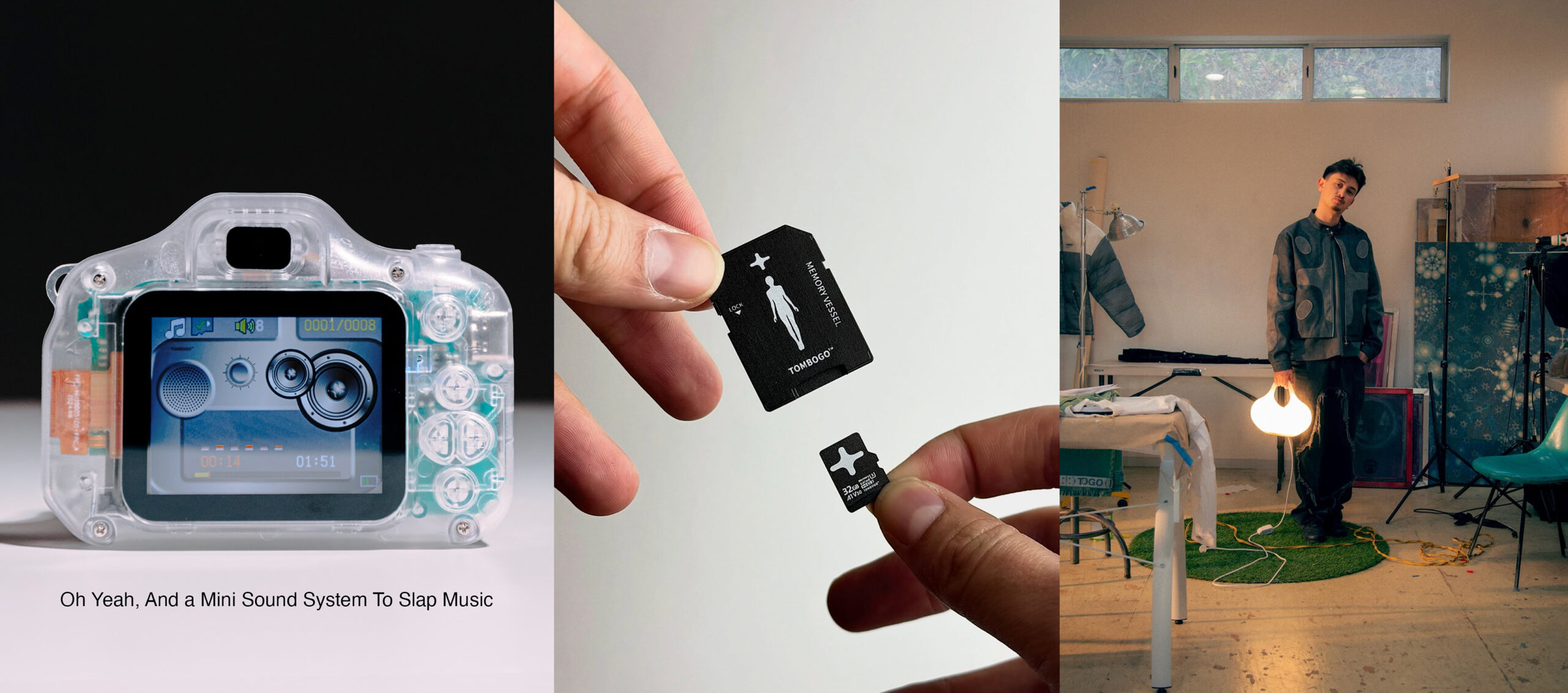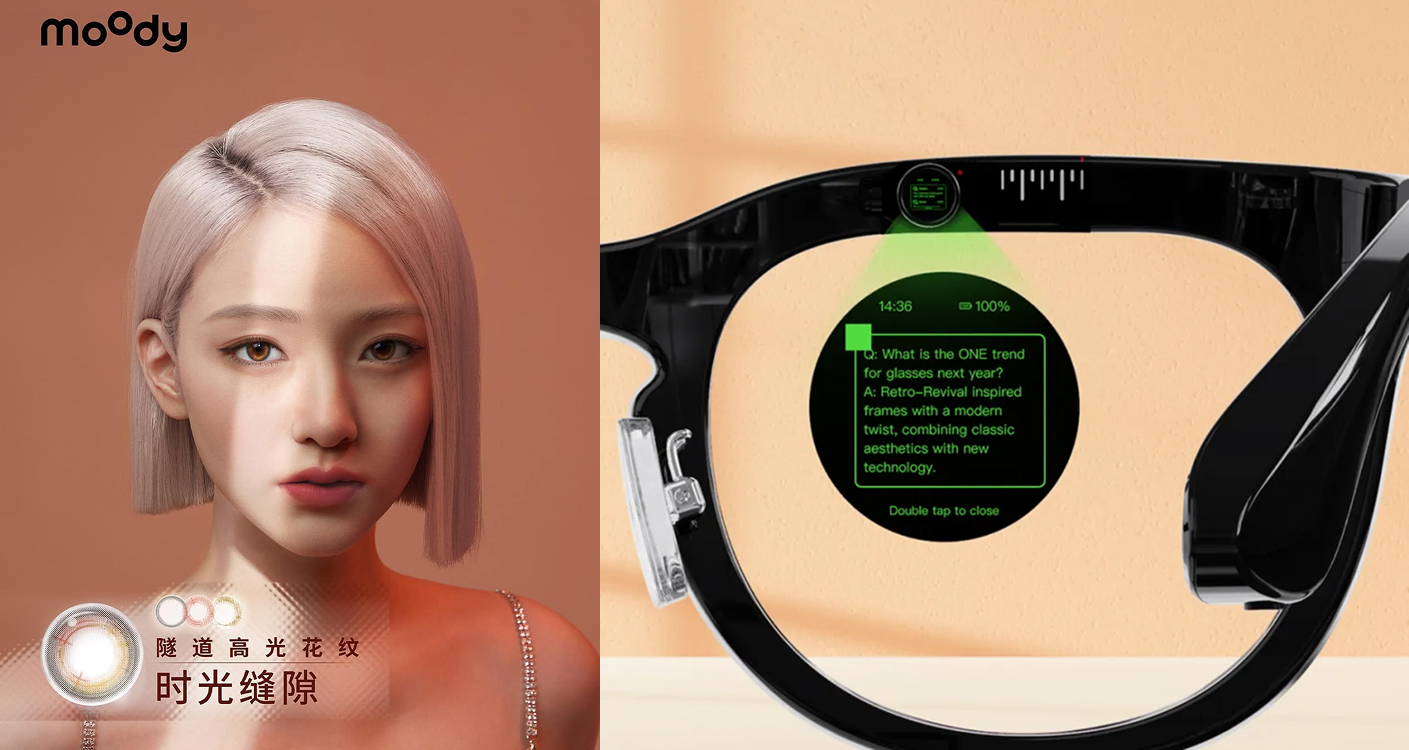Even God-given talents need fine-tuning, and this year’s Tokyo Olympics 2021 athletes have proved that to be true. From intricate AI-powered performance analytics to anti-gravity treadmills, cutting-edge innovation in tech underscores this year’s Olympics. But while wearable tech in the Olympics improves performance and increases athletes’ chance to score the gold, it creates a conversation about equality and technological doping.
Athletes use augmented reality, performance-specific wearable tech, and 3D modelling to enhance performance by reducing injuries through performance analytics. Wearable tech in the Olympics made its debut at the Rio De Janeiro Olympics 2016 and almost stole the spotlight from Bolt’s triple-triple with:
– Vert, a Jump monitor to calculate jump rates using a VERTclip or VERTbelt
– WHOOP, wearable tech for recovery and injury prevention using Whoop Strap 2.0
– Halo Sport, headgear to stimulate motor cortex for increased brain productivity
– Hykso, a punch tracker device for boxers
– Solos, eyewear to help cyclists access performance data and display it in real-time on the glass.
This year, the wearable tech is calibrated up a notch. According to the South China Morning Post, athletes used a mix of tech, including intelligent clothing and sports gear specifically designed to enhance performance, regulate body temperature, and preserve athlete’s endurance during the activity.
Olympic cyclists have relied on augmented reality glasses that generate high-fidelity simulations of the track to help them practice in a simulation. While Olympic swimmers have used high-speed cameras, starting blocks, and wearable tech that measures movement, force and calculates biochemical patterns to understand the athlete’s overall form.
Athletes competing in volleyball, track, and field races have used force-sensing resistors embedded in their shoes to access performance data regarding jumps and sprints. In addition, there are air-cool jackets by Ralph Lauren, Dhyana by Gopichand, and Nike’s Vaporfly.
As per South China Morning Post, Chinese Olympic athletes (in collaboration with Honk Kong Sports Institute) have used indoor training bikes and antigravity treadmills that measure intensity, stamina, and other performance metrics.
Oliver Dingley, Tokyo Olympics 2020 diver, has reportedly used complex video analytics to adjust diving style during training. Similarly, the Japanese baseball team is utilizing the power of analytics drawn from wearables, while the Kenyan Volleyball team has used GPS devices for tracking performance, helping coaches create athlete-specific training.
Danish sports tech company, TrackMan, assisted this year’s Japanese baseball team by helping them analyze hits and pitches during practice. TrackMan’s technology shows a video analysis whenever the ball comes in contact with a batter. The device measures spin rate, release speed, and spin axis, allowing coaches to evaluate a pitcher’s performance. In addition, for batting, TrackMan’s technology measures launch angle, direction, exit velocity, and 3D contact point.
Another wearable tech prominent at the Tokyo Olympics 2021 was Omega by Swatch Group, a wearable sensor added to athletes’ shirts to collect data regarding points of acceleration and athletes’ speed. The data gathered from Omega aims to measure an athlete’s complete performance and will allow coaches to create better training programs in the future.
While Tokyo Olympics 2021 athletes can afford high-end AI-powered wearable tech, you can get your hands on the less-techy versions of these IoT devices. Try Xiaomi’s wristband or Fitbit fitness tracker, all under $200.
The Olympics is currently underway till August 8, 2021.
High-tech wearable tools will give a competitive edge to teams who know how to utilize them. And it may cause concerns about fairness in the competition. Do you think Tokyo Olympics athletes should be allowed to rely on wearable tech, given that most developing countries may not have access to it? Let us know in the comments section below.








